Landscape Design
How to Refine Your Landscape Design Style
Before starting a landscape renovation, take the time to determine which garden style suits your taste and site
One of the first steps you’ll want to take when planning a landscape redesign is to identify — or clarify — your landscape design style. There are many styles to choose from, and you’ll want to choose what appeals to you and also suits your site and climate.
To get started, browse and save landscape ideas you like and then — this part’s crucial – pare them down. The result will be a much clearer vision of what you’d like your landscape to be and, ultimately, a much more cohesive-looking garden. We’ve divided the process of refining landscape style into three phases: inspiration, editing and design clarification.
To get started, browse and save landscape ideas you like and then — this part’s crucial – pare them down. The result will be a much clearer vision of what you’d like your landscape to be and, ultimately, a much more cohesive-looking garden. We’ve divided the process of refining landscape style into three phases: inspiration, editing and design clarification.
Consider your home’s architecture and style. If your home has a clean, modern aesthetic, for example, you may want to let its design vocabulary help guide style choices in the landscape. While your landscape design style doesn’t have to match that of your home, it’s useful to pay attention to the lines, materials and scale of your house to create a site that looks cohesive as a whole.
Assess the challenges of your site. Does your yard feature a steep slope or lack privacy from nearby homes? When saving photos, look for ones that feature design solutions to similar or relevant challenges.
Assess the challenges of your site. Does your yard feature a steep slope or lack privacy from nearby homes? When saving photos, look for ones that feature design solutions to similar or relevant challenges.
Need a pro for your landscape design project?
Let Houzz find the best pros for you
Let Houzz find the best pros for you
Inside Houzz tip: In addition to browsing all outdoor photos or searching for specific garden elements, you can refine your Houzz search even more. Use the facet filters (located in drop-down menus at the top of the photo page) to limit your results by location, size, style, budget and more.
Find more landscape inspiration
Find more landscape inspiration
Editing Phase
Once you’ve collected a broad range of inspirational photos, start to review your saved images with a more critical eye. Home in on the garden styles you saved most, keeping in mind your site and climate. (It’s tough to pull off a water-intensive cottage garden in the desert, for example.) You don’t have to stick to one landscape design style — a simple modern design can pair with traditional-style floral borders, for instance.
Once you’ve collected a broad range of inspirational photos, start to review your saved images with a more critical eye. Home in on the garden styles you saved most, keeping in mind your site and climate. (It’s tough to pull off a water-intensive cottage garden in the desert, for example.) You don’t have to stick to one landscape design style — a simple modern design can pair with traditional-style floral borders, for instance.
In general, plan to pare your inspiration photos down to one or two general garden styles to have a clear vision of what you’d like your landscape to look like. The more specific you can be about what you like and don’t like in different garden styles, the better. A landscape design professional can help identify elements that can bridge those styles and can also tailor designs to your region and site.
Learn more about finding your garden style
Learn more about finding your garden style
Design Clarification Phase
Once you have narrowed down your photos to create a more cohesive general style, it’s time to identify what you specifically like about each photo. Perhaps it’s the architectural quality of a row of plants silhouetted against a wall, a color palette of a meadow garden or the graceful curve of a deck.
You can add a note below the photo in your Houzz ideabook to call out the design idea you like in that particular image. This will be helpful information to communicate with a design professional.
Once you have narrowed down your photos to create a more cohesive general style, it’s time to identify what you specifically like about each photo. Perhaps it’s the architectural quality of a row of plants silhouetted against a wall, a color palette of a meadow garden or the graceful curve of a deck.
You can add a note below the photo in your Houzz ideabook to call out the design idea you like in that particular image. This will be helpful information to communicate with a design professional.
When you look at your edited collection of inspiration images, can you tell if you’ve saved images with similar design principles and elements? For example, have you saved more images that show symmetrical design, or do you prefer asymmetrical layouts? Do you see a lot of straight lines or curves?
Identifying design principles that you’re drawn to can help guide the decision process for certain elements — such as hardscape design, plant selection and material choice — to result in a combination that works well and is aesthetically pleasing.
Ultimately, refining your landscape style is a process that will continue to change and evolve — much like gardens themselves.
Identifying design principles that you’re drawn to can help guide the decision process for certain elements — such as hardscape design, plant selection and material choice — to result in a combination that works well and is aesthetically pleasing.
Ultimately, refining your landscape style is a process that will continue to change and evolve — much like gardens themselves.
Working With a Professional
While a landscape architect or designer can help guide the process of refining your design style (and point out what’s feasible for your site), doing some prep work ahead of time will give you a clearer idea of where you’d like to steer your landscape. Plus, you’ll come into the first meeting well prepared, saving both you and the pro time (which could cut down on design fees).
While a landscape architect or designer can help guide the process of refining your design style (and point out what’s feasible for your site), doing some prep work ahead of time will give you a clearer idea of where you’d like to steer your landscape. Plus, you’ll come into the first meeting well prepared, saving both you and the pro time (which could cut down on design fees).
Tell us: How did you refine your landscape design style? Share or post photos in the Comments.
More on Houzz
How to Get Started on a Landscape Redesign
Work with a landscape designer in your area
Shop for outdoor products
More on Houzz
How to Get Started on a Landscape Redesign
Work with a landscape designer in your area
Shop for outdoor products
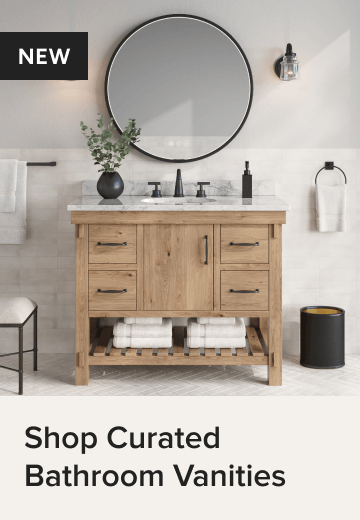
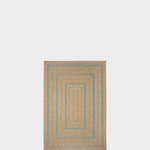

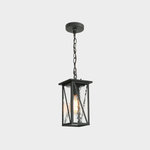
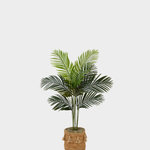
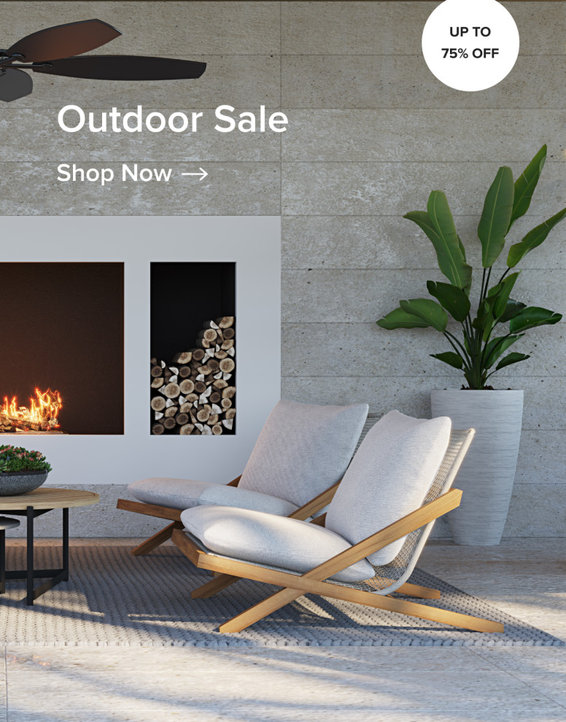





Cast a wide net. Start a Houzz ideabook to save images of outdoor spaces that you like. Don’t worry about sticking to a particular style — save any image that appeals to you. When gathering inspiration, consider how you’d like to use your new landscape — to relax, entertain or eat outdoors, say — and which features you’d like to include, such as a shade structure, fire pit or swimming pool or an outdoor kitchen.
Inside Houzz tip: Share your Houzz ideabook with your designer to communicate your style and to collaborate on your project’s design direction.
Find a landscape designer on Houzz